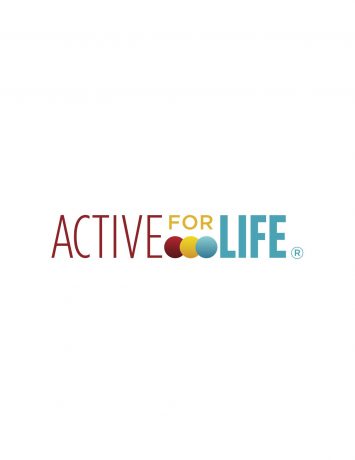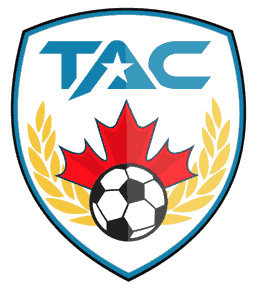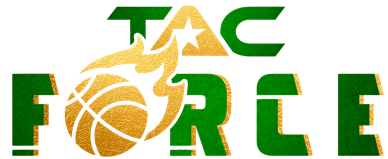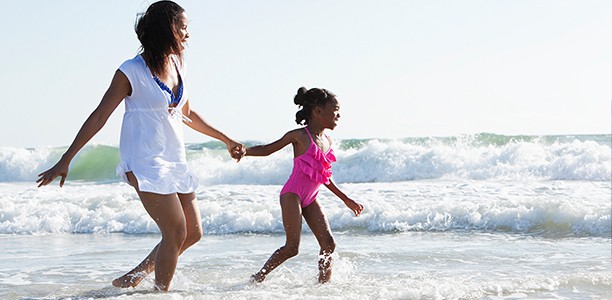 I wasn’t an athletic child. Growing up in the 1980s, a time when “you throw like a girl” was still an insult, I seldom made my elementary school’s sports teams (and if I did, rarely made it off the bench).
I wasn’t an athletic child. Growing up in the 1980s, a time when “you throw like a girl” was still an insult, I seldom made my elementary school’s sports teams (and if I did, rarely made it off the bench).
It wasn’t that I was inactive — I rode my bike, played skipping rope games, and took swimming lessons — but I had difficulty grasping many of the basic physical literacy skills needed to excel in organized sports.
Even though my childhood is 30 years behind me, the stereotype of young girls in sport — and the challenge of getting them active — persists today.
“These are the ideologies and characteristics that are being associated with being female and that often lead to female youth lacking physical literacy skills because of the fear of being deemed not feminine,” says Gabriela Estrada, the tour de force behind Motivate Canada’s Female Physical Literacy Project.
An avid athlete herself, Estrada’s work with Motivate Canada has resulted in young girls developing the physical literacy skills and confidence to take up new sports, compete on teams, and inspire their peers to do the same.
In a busy, technology-reliant world where media often sends mixed messages about body image and fitness, encouraging young girls to be active can be challenging for some parents. Here are some tips from Estrada to help you raise confident and active girls.
1. Understand physical literacy fundamentals
Physical literacy starts with movement skills that all children need, such as running, hopping, throwing, catching, and jumping. It’s the development of the whole child, not just judging how fast they run or how well they perform on a sports field. These fundamental movement skills in turn give kids the confidence to participate in different physical activities, sports, and games.
Estrada suggests that parents first look at resources that can help them gauge their daughter’s physical literacy. Canadian Sport for Life’s physical testing tool PlayFUN helps parents assess what level their child is at.
Active for Life’s website also has free resources, including games and tips, to help your daughter develop her physical literacy. Estrada points out that the focus should always be on the fun, suggesting parents make a game out of drills and activities.
If you want to read more, please visit https://activeforlife.com/raise-confident-active-girls/
Active for Life is a national initiative created to help parents raise physically literate children. At activeforlife.com, parents, educators, and coaches will find fun activities, engaging articles, and free resources to get kids active, healthy and happy. Sign up for Active for Life’s monthly newsletters. Connect with Active for Life on Facebook, Instagram, and Twitter.






